Hello friends! It's that season again, when yam farmers are busy with planting operations, and I will like to take you with me to the yam farms. But before then, for the sake of those who don't know this important crop well, I'll like to make a brief introduction of it.
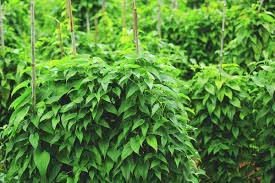
There are several varieties of yams, but I'll like to talk about the white yam (Dioscorea alata) today, the other cultivars may follow later...😀
White yam is an annual tuber crop, that is well appreciated in this part of the globe. Because of its profitability and wide range of usefulness, almost all the farmers in our country have this crop on their farms.
Yam is propagated by tuber cuttings known as yam sets. These sets are cut in different sizes and the size of the harvest depends to a large extent on the size of the yam set planted. Hence, you can't afford to be stingy when handling your set knife, for it is even written somewhere in the holy book, that "he who sows sparingly, will also reap sparingly..."💪🤓.
Now to the farms...
I'll like to tell you about yam cultivation, from planting to harvesting and I'll like to be brief because of time and space... 😂. What are some of the agronomic practices for yam production? Come with me as we briefly go through them one after the other.
Site Selection
Select a well aerated clayey-loam soil, with a moderate water holding capacity. Yam may not do well under waterlogged condition.
Land Preparation
Yam is not a shade-loving crop, hence, the trees must be killed or taken away. We kill trees with fire or chemicals (e.g 2,4D). This is done by peeling off the bark of the trees and applying the chemical. The grasses are also destroyed, after which the ridges are properly made for ease of tuber formation. Giant mounds, made manually are preferred in our area, because it provided a great atmosphere for tuber development.
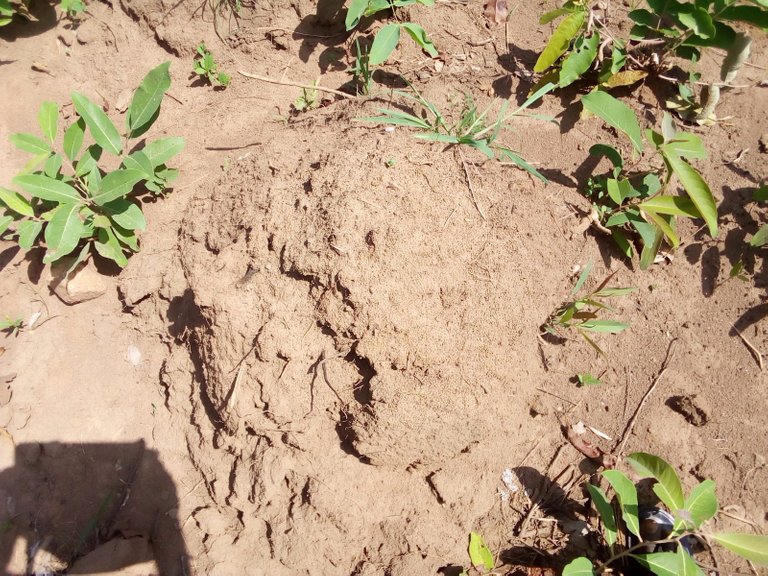
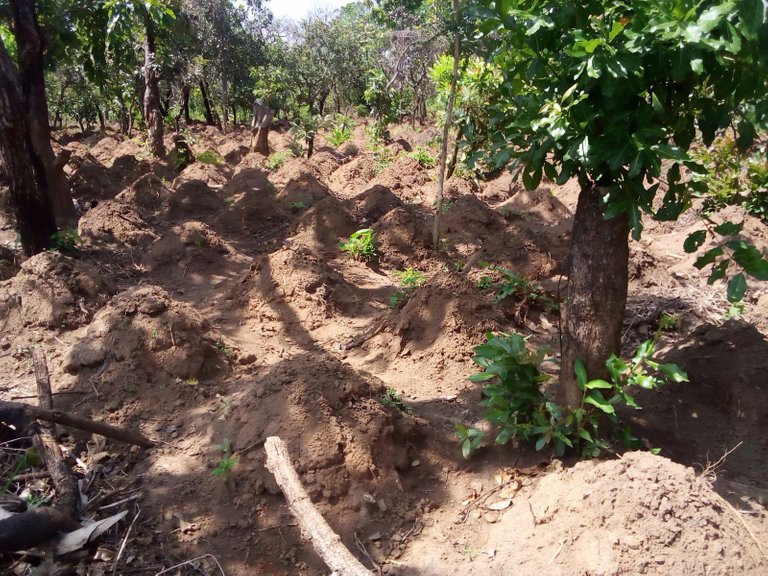
Seed Sowing
This comes after land preparation. Tubers from the previous year are skillfully cut into sets or seeds and are skillfully sown in the mounds that have been prepared. This is done around October to November.
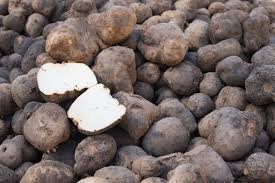
Mulching
This is an important practice especially under hot climates, such as we have in Nigeria. It is simply making shades for the yam sets that are sown, so the sun won't ruin them. Dry leaves and grasses are often used as mulching materials, and this done shortly after sowing.

Weeding
There is need to remove weeds that can compete with your crops as early as possible. This can be done mechanically or chemically.
*Staking"
This refers to the provision of support to the trailing stems of the yam plant. This must be done as soon as the yam sprouts are long enough to be trained, else, the stems are burnt by the hot sun when they touch the ground. We use bamboo or other sticks for staking.
Harvesting
Harvesting is almost always the most interesting part of farming, because the farmers wear a smile at this particular season. Simple tools (hoe and cutlass) are often employed in harvesting yam tubers. They are carefully dug out of their house. Injuries to the tubers must be minimal, to avoid decay during storage.

Amazing harvest from my farm
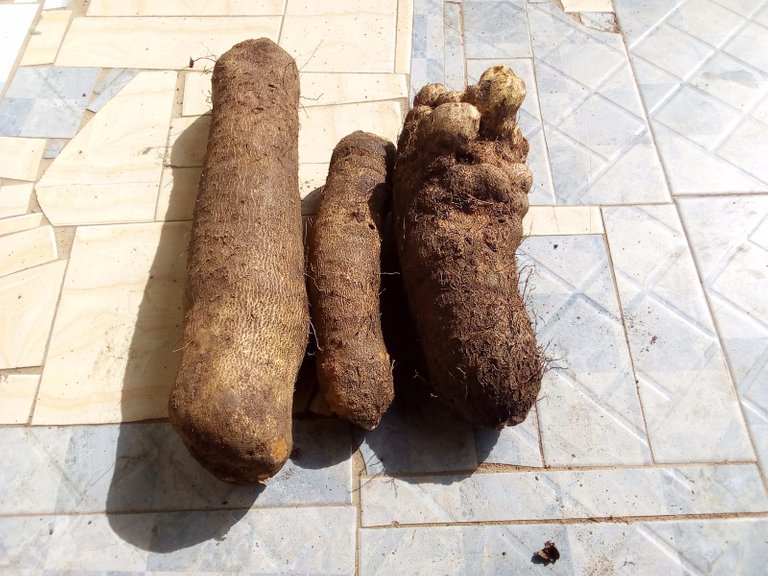
With this, I think you now a bit about yam production, and might be interested in growing just a couple at your backyard. My next post will be telling you about yam storage and its uses. Endeavor to follow me.
Do have a wonderful week. Thanks for reading, commenting and upvoting.
God bless you real good.
Planting the yams in mounds is an interesting way to grow them.
Hmm,you must have done that b4. How great was ur harvest?
Thanks 4d upvote n comment.